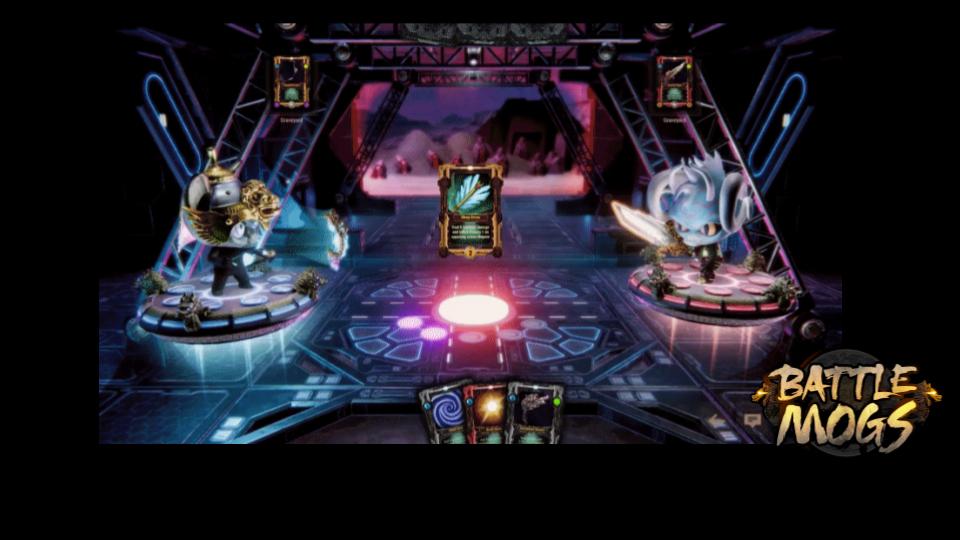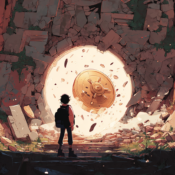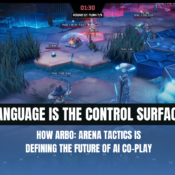
Bringing games into Web3 with Game Pill
BGA interviews Mike Sorrenti, President of Game Pill Inc., an interactive workshop specializing in game design and development. Game Pill is the go-to interactive studio for entertainment and consumer giants, including Nickelodeon, National Geographic, Marvel, AETN, and other well known brands.
Tell us a little bit more about you and how you came to build Game Pill

I knew my entire life that I wanted to work in a creative field. I grew up on a farm, and most of my spare time was spent doodling. My dream was to work for Warner Bros, a dream I achieved early in my career. From there, I wanted more creative challenges and I went on to start making games.
I started with flash greeting cards and soon moved into playable flash cards and flash games. I loved being able to combine elements of drawing, concept, and programming to make a product. This evolved into going on to secure customers like Disney, Nickelodeon, Mattel, and the games got more elaborate and moved from web-based to mobile, console and PC, and the staff grew and grew.
What do you feel are some of the major challenges in bringing games into the web3 space?
As a game developer transitioning from primarily Web2 games to the Web3 space, there are several notable challenges, including:
Market Sentiment: Many still view Web3 negatively, largely due to bad actors and high-profile incidents like the FTX scandal. Overcoming this skepticism requires building trust and demonstrating the value of Web3 technologies.
Technical complexities: Integrating blockchain has some speed and scalability issues that must be addressed; many of these problems are solvable, but they are challenges nonetheless.
Onboarding: I believe the average gamer doesn’t want to deal with complexities like wallets and private keys. To attract and retain a broad player base, we must simplify the onboarding process, abstracting these elements away and only presenting them when players are ready to “dive deeper.”
Governance and Community: I think this is both a challenge and an opportunity. Enabling players to have more ownership and influence over the games they play can be hugely positive. However, striking the right balance in governance is tricky and requires careful consideration.
How does Game Pill help games transition into Web3 and integrate blockchain?
Many of our Web3 customers are skilled technologists with deep blockchain expertise. Our role often involves enhancing retention mechanics and crafting compelling core game loops that keep players engaged and coming back for more. We have tackled issues such as “leaky bucket” problems, where high player acquisition rates are undermined by low retention.
Our favorite projects are those where we get involved early in the process. We help projects shape the game concept, develop the game design document, and design the economy, allowing us to add the most value. In these stages, we can truly contribute to creating fun, engaging products that retain players.

We also specialize in rapid prototyping and bringing games to market. Our expertise includes developing core gameplay loops, designing in-game economies, and creating early playables in prototype or vertical slice form. These preliminary versions are crucial for user testing and identifying technical issues, ensuring speed and efficiency.
How do you communicate and counteract the sometimes negative sentiment around web3 games?
We like to focus on the positives. We don’t believe every game should be Web3-enabled, but we do see significant value in certain cases. The biggest benefits we see include:
Player Control: Players, or groups, such as esports teams can truly own their in-game assets, characters, items and currencies
Play-to-Earn Models: Players can earn real-world value through gameplay. For example, the ability to add value to in-game assets, such as enhancing a vehicle with a supercharger or spoiler, and then trading it, is particularly interesting to us.
Immutable Records: The ability to record tournament results on an immutable ledger significantly reduces the risk of fraud and cheating.
Smart Contracts: These automated, self-executing contracts ensure that agreements are enforced without the need for intermediaries, streamlining processes and building trust between players and developers by guaranteeing that terms are honored.
Empowering players via Decentralized Decision-Making: models that allow players to vote on game development decisions, updates, and policies, fostering a stronger sense of community and engagement.
Rewards and Revenue Sharing: Developers can implement fair and transparent revenue-sharing models with content creators, designers, and even players who contribute to the game’s ecosystem. These models work much like referral programs today but with an added layer of scalability and transparency. This approach ensures that everyone involved benefits fairly from the game’s success.
What is your vision for web3 gaming for 2024 and beyond?
Seeing Avalanche’s booth at GDC this year gave us a strong feeling that Web3 games are here to stay.
We believe the promise of this technology will lead more incumbents and AAA developers to experiment with Web3. We are already seeing this with companies like Ubisoft and Take-Two quietly exploring Web3 mechanics due to their promising potential.

From a revenue perspective, the ability for developers to participate in secondary sales of in-game items and trades is incredibly compelling.
This is especially relevant given the current macro environment for games, with recent layoffs and austerity measures in the industry. Web3 offers a new avenue for sustainable revenue, making it an attractive option for developers looking to diversify and stabilize their income streams.
Find out more about Game Pill and read more articles like this in the latest BGA magazine!
Tags
Recent Posts





